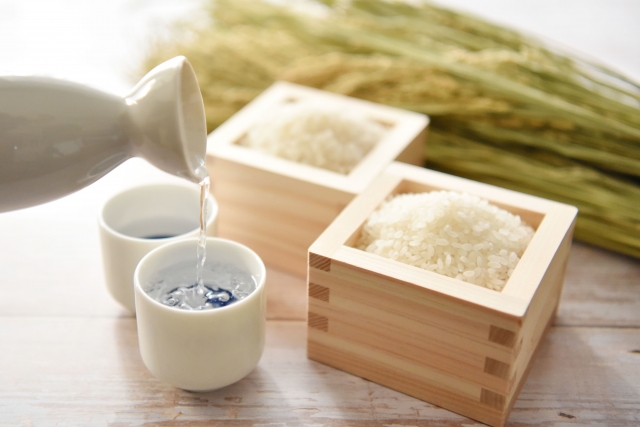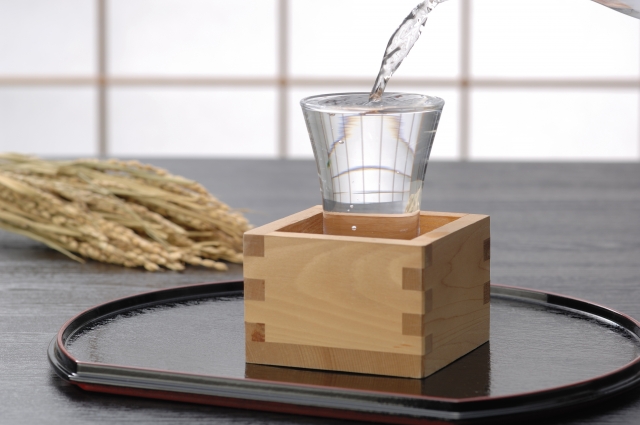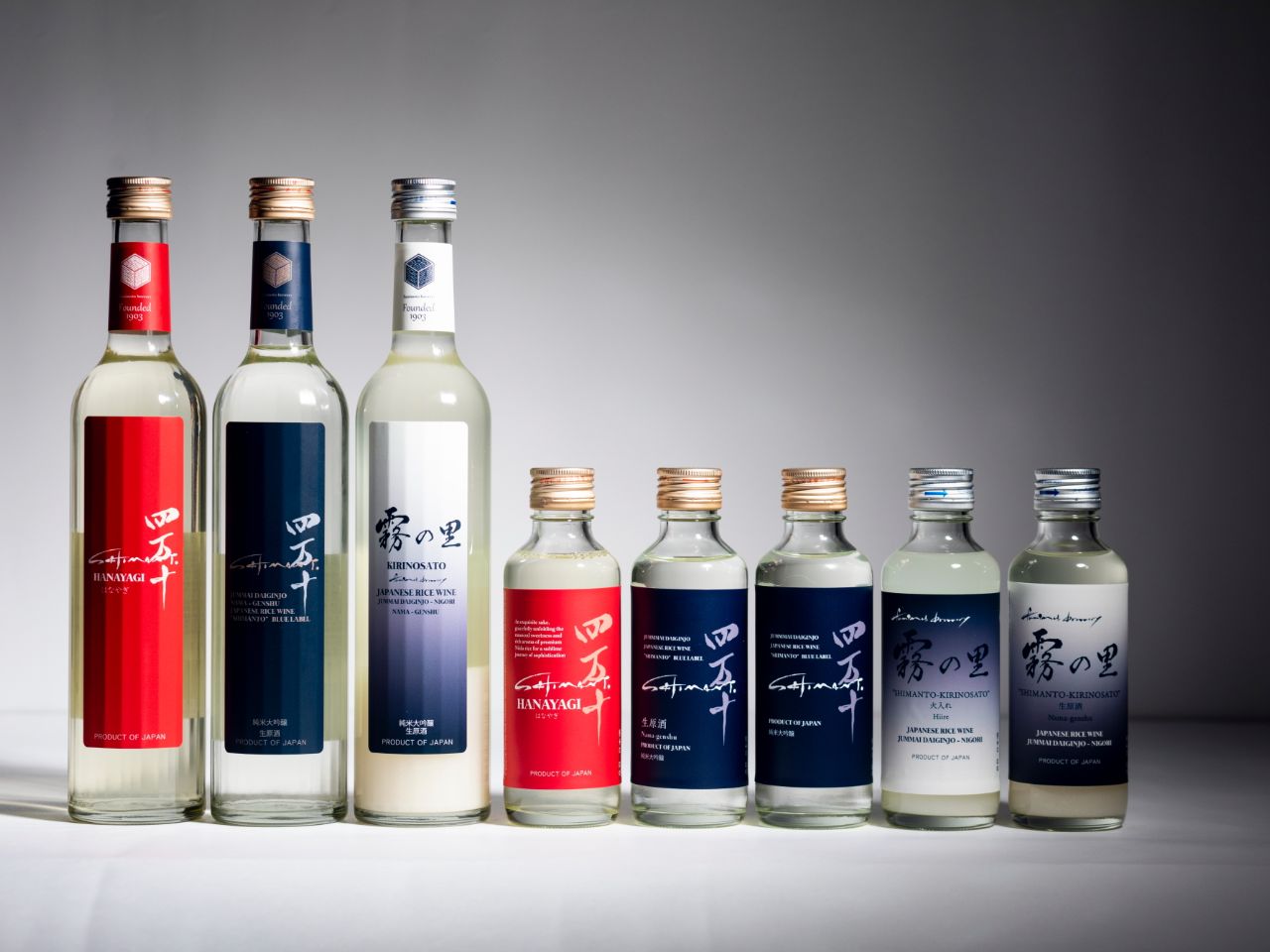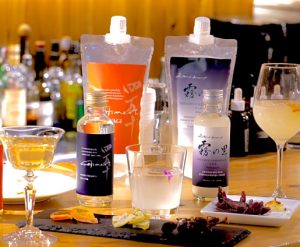13.02.2024
We would like to introduce traditional Japanese
alcoholic beverages, Japanese sake.【PART1】
Thank you for taking the time to read the FB Management newsletter!
Have you ever tried Japanese sake?
This time, we’ll introduce Japanese sake in two parts.
PART 1 is about overview of sake and its manufacturing process, PART 2 is about aroma and flavor profiles.

Do you know Japanese sake?
Japanese sake (Nihonshu) is an alcoholic beverage traditionally produced in Japan, with rice as its main ingredient. Sake holds a significant position in Japanese culture, offering a wide variety of types and flavors to be enjoyed. The primary ingredients are rice, rice malt (koji), and water. The process involves adding water and koji mold to steamed white rice, fermenting the mixture to create what is known as “Nihonshu” or Japanese sake. The origins of sake are said to date back to the Jomon and Yayoi periods (from around 16,500 years ago to around the 3rd century BCE), making it a drink with a rich and ancient history.
Japanese sake comes in various types based on the production process. Here are three main types.
-
1.Ginjo-shu (吟醸酒)
・Produced through a method called “Ginjo-zukuri”, where the rice is polished to 60% or less of its original size.
・Fermented at low temperatures for an extended period.
・Ingredients include rice, rice malt, water, and brewing alcohol.
・Known for its pleasant aroma and flavor.
・The term refers to the rice polishing ratio, and when it is 50% or less, the sake is classified as “Daiginjo-shu”.
・ Daiginjo is characterized by further rice polishing compared to Ginjo-shu, resulting in a clearer and more refined flavor with less impurities. -
2.Junmai-shu (純米酒)
・Made using only rice, rice malt, and water, with no added brewing alcohol.
・Represents a purer form of sake, showcasing the natural characteristics of the rice.
-
3.Honjozo-shu (本醸造酒)
・Produced with a polishing ratio of 70% or less.
・Ingredients include rice, rice malt, water, and brewing alcohol.
・Features a good balance of flavor and aroma.
・These categories reflect the diversity and craftsmanship within the world of Japanese sake, each offering a unique tasting experience.
As you can see, there are different types of sake depending on the manufacturing process, so we hope you find your favorite sake!
This time, we’ll introduce you to our recommended sake company, Fumimoto Shuzo!


Fumimoto Shuzo, a 120-year-old institution and the last sake brewery in Kochi Prefecture, embodies the essence of the Shimanto River’s terroir. Our expertly crafted sake results from a harmonious blend of local rice, the river’s clear waters, the region’s warm climate, and our artisans’ unparalleled skills. Embracing tradition and innovation, Fumimoto Shuzo offers a taste of Kochi’s unique character in every sip.
Our most recommended product is the Junmai Daiginjo “SHIMANTO” BLUE label.
[Alc.16%] Rice polishing ratio: 50% Junmai Daiginjo is brewed with delicious Nikomaru rice from Shimanto Town just the right amount of refreshing scent that doesn’t interfere with cooking a well-balanced taste of umami and acidity a refreshing aftertaste that makes you want to have another drink.

Our sake, crafted with an emphasis on purity and quality, is a perfect companion for a wide array of culinary experiences. Its additive-free nature, combined with carefully selected fresh ingredients, allows it to harmonize beautifully with diverse cuisines, from Italian and French to ethnic and Chinese dishes.
We highly recommend trying it!
We have provided detailed information about Fumimoto Shuzo on our website, please take a look!
Thank you for reading with us until the end. This is the Global Team from FB Management. In this session, we introduced traditional Japanese sake, Nihonshu.
Next week, we will also be introducing more information about Japanese sake! Look forward to it ♪
If you are interested in Japanese food or sake, please do not hesitate to contact us by email address below.